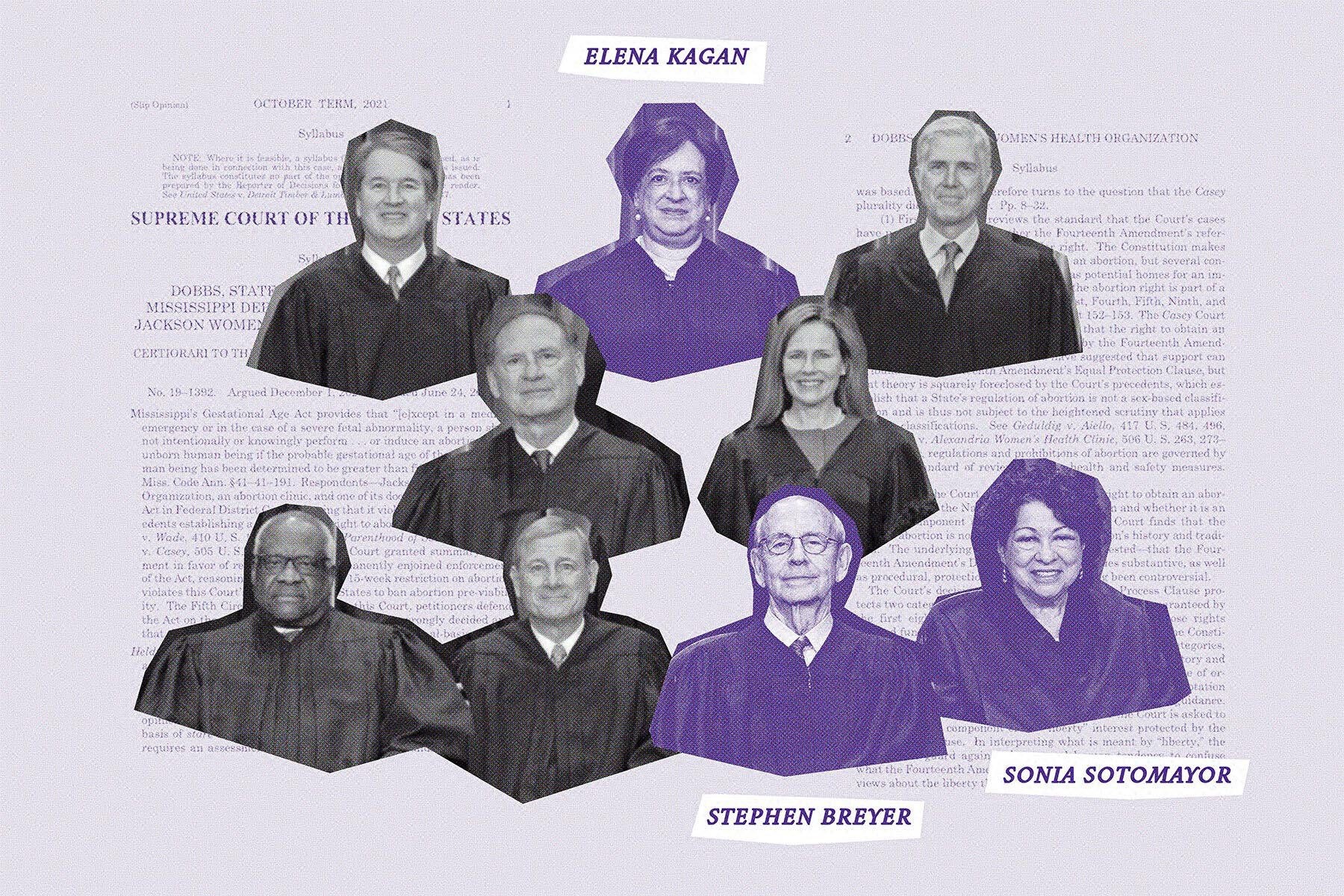Following a significant political event in the United States, online searches for “4B” surged, indicating a growing curiosity about this intriguing social movement. Originating in South Korea, the 4B movement, sometimes referred to as “Escape the Corset,” represents a radical stance by women against patriarchal norms and expectations. But what exactly is the 4B movement, and why is it resonating in America now?
Decoding 4B: The Four “No”s That Define the Movement
The name “4B” is derived from the Korean word “bi” (비), meaning “no.” It embodies four key renunciations that form the core tenets of this feminist movement:
- No Sex: Participants abstain from sexual relations with men.
- No Dating: They reject romantic relationships with men.
- No Marriage: Marriage to men is explicitly refused.
- No Childbirth: Having children, particularly within the traditional patriarchal structure, is not embraced.
These “four noes” represent a rejection of traditional roles and expectations placed upon women in relationships and society. It’s a conscious choice to step away from what 4B adherents perceive as unequal and restrictive gender dynamics.
From South Korea to the United States: The Global Context of 4B
The 4B movement gained prominence in South Korea during a period of intense social debate surrounding gender equality and violence against women. South Korea, despite its economic advancements, still grapples with significant gender disparities, including one of the widest wage gaps among developed nations. In this environment, 4B emerged as a powerful form of protest.
Now, the movement is witnessing a surge in interest in the United States, particularly among young women active on platforms like Instagram and TikTok. This rise in American interest is linked to the current socio-political landscape, particularly concerns around reproductive rights and a perceived conservative shift in the political climate. For many, 4B represents a form of personal and political resistance.
Why is 4B Resonating with Young Women Today?
The appeal of the 4B movement to young women in the US can be understood through several lenses. As Michaela Thomas, a 21-year-old artist, articulated, there’s a growing sentiment of disillusionment. She noted in The Washington Post, “Young men expect sex, but they also want us to not be able to have access to abortion… They can’t have both. Young women don’t want to be intimate with men who don’t fight for women’s rights; it’s showing they don’t respect us.”
This quote encapsulates a key driver behind the movement’s US growth: a perceived disconnect between young women and men regarding women’s rights and respect. The backdrop of the #MeToo movement and ongoing debates about gender equality have further fueled this ideological divergence. Data suggests a significant liberal shift among young women compared to their male counterparts, highlighting a growing gender divide in political and social views.
The concept of women withholding intimacy as a form of protest is not entirely new. Historically, examples like the ancient Greek play “Lysistrata,” where women initiated a sex strike to end the Peloponnesian War, demonstrate the enduring nature of this tactic. However, the 4B movement modernizes this concept, embedding it within contemporary feminist discourse and leveraging social media to spread its message and attract followers.
4B: A Modern Feminist Statement
The 4B movement, therefore, is more than just a rejection of relationships; it’s a statement. It’s a declaration of independence, a demand for respect, and a form of protest against perceived systemic inequalities. As it gains traction in the United States, it reflects a growing desire among some young women to redefine their roles and relationships in a society still grappling with gender equity.
